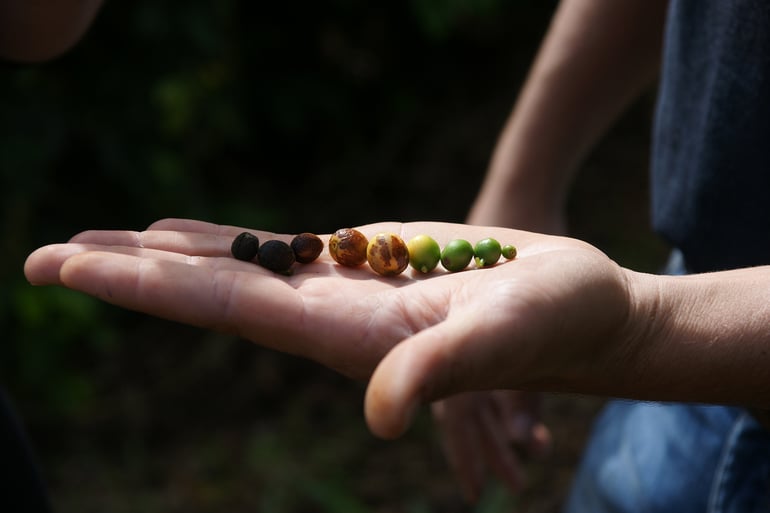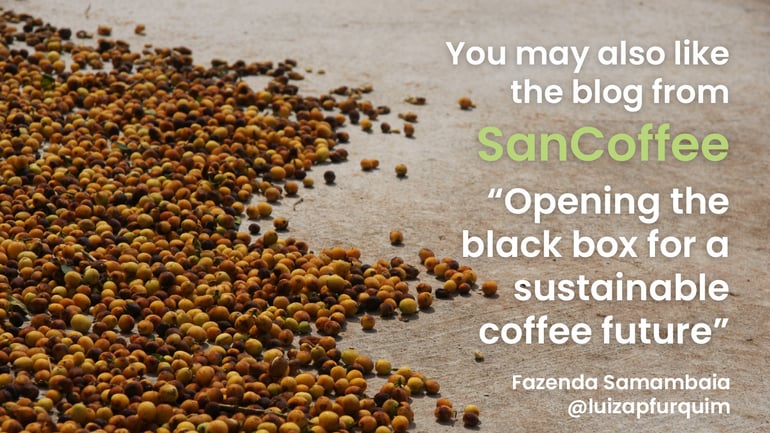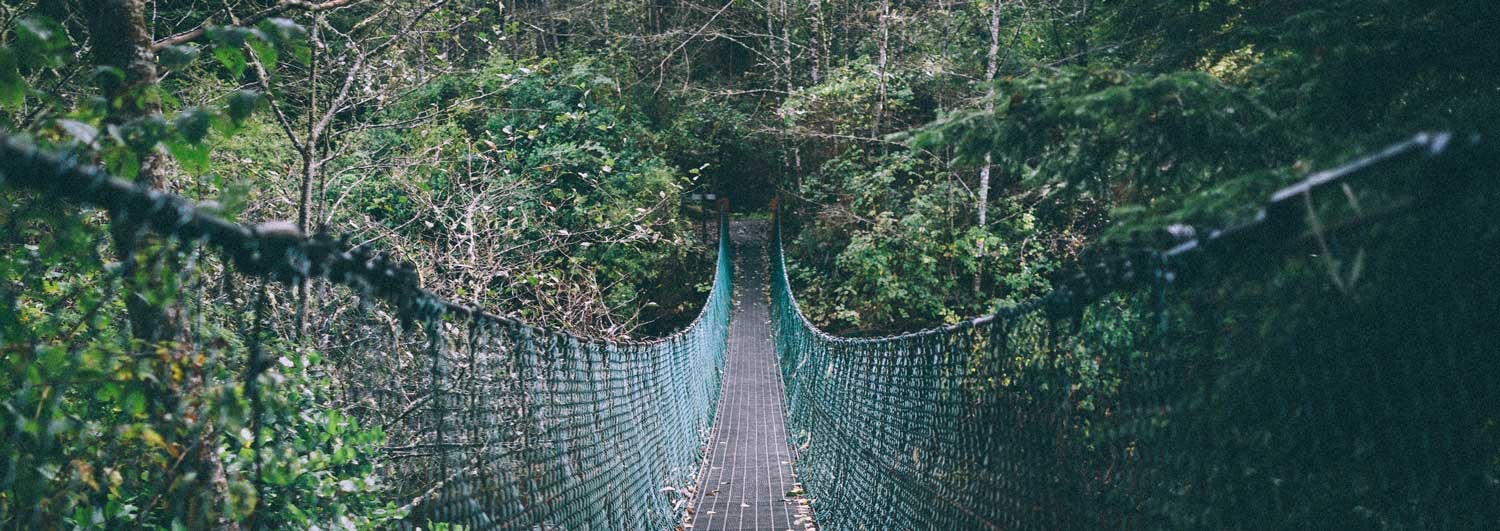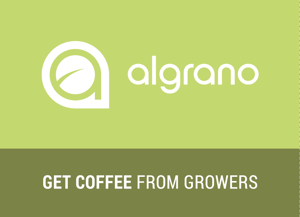Summary
The algrano team recently had the opportunity to sit down with Allan Botrel of SanCoffee on a video call to learn about their coop’s unique business model, the region, use of technology to increase quality and efficiency and of course, their coffees which are now available in the #BrazilianDiscoveries.
We hand it over to Allan to tell their story.
About SanCoffee & their members
The 20 independent farms which form the exclusive SanCoffee cooperative bring together a unique business model due to the alignment of its partners. We look inward to build strong partnerships and aim for organic sustainable growth at the same level of quality that we have today. We combine our resources in warehousing, the quality lab and exporting. By staying small with a lean structure we are more agile, fully traceable and the partners benefit by working together transparently. We operate without the mindset of buying and selling with a profit, with no transfer of property between the farm and coop.
At SanCoffee, our work is a service oriented mindset and all about helping the farm members increase their quality and provide them and each coffee the most suitable sales channels worldwide. If the farm member approves, the transfer goes through back to farm gate with the full amount minus administrative costs. Nowadays the farm gate price represents an average ±85% of the FOB price. It cannot be 100% because of inland freight, customs clearance, warehousing, etc., plus agreed commissions on exports (to cover risks and finance promotion for instance).
The landscape which may be lower altitude and further from the equator has a compensated with the advantage of having a larger latitude than many other coffee-producing countries. We are very close to the Tropic of Capricorn which offers the best of Sul de Minas with better “highland” topography mostly above 1,000m. The highest in Brazil being 1,200-1,300m which is very limited.
SanCoffee is located in the town of Santo Antônio do Amparo and it’s 20 members in the municipality of Santo Antônio (or a neighbouring one) in the northern part formerly known as Sul de Minas. For this reason, the region “Compo dos Vertentes” is becoming a new denomination of origin. The farms range between 70 and +1,000 hectares. In Brazilian standards, a mid-sized farm is ±100ha, the average is ±200ha and +1,000 is very large.
Mechanization in coffee farming
Our flatter highlands around 1,000m compared to more mountainous/steeper areas offers a good compromise for altitude to give us an edge to use technology and mechanization as an ally. As the flowering of coffee plants corresponds to the beginning of the production cycle, it never happens all at once and the distribution in time and proportion may vary according to weather conditions, particularly rainfall. By nature there will always be fruit with different levels of maturation on the same plant. Therefore, we make multiple passes, visiting plots a minimum of 2, very likely 3 and sometimes 4 times. Even if the maturation levels are uniform, no farm is able to harvest all the coffee plants at the same time and therefore make concessions between lots.
To work together with nature we plan the harvest and post harvest and adjust the harvester on very soft vibration to collect only the mature cherries which are more loosely attached to the plant. In doing so we harvest less and it increases costs, but we harvest more selectively. Not to the level of selectivity of hand picking, yet we are able to attain a good level of selectivity in a very efficient way. The second level of adjustment and separation occurs at the de-pulping machine which runs through the wet mill.
If conditions are very good, we get not to the level of handpicking, yet very close in a much more cost-effective way. We do not get to the same level as handpicking (though it is done for some specific micro lots), yet by applying technology to be very selective we increase the quality.
*.jpg?width=770&name=SanCoffee%20(3)*.jpg)
Our coffee
SanCoffee is focused on the quality of coffee we export to the world and categorize coffee produced as recipes, single varietal and micro lots. Out of the ±130,000 bags yearly produced, 32,000 bags with screen size 16 and above are exported. Our recipes named Caramel & Chocolate combine coffees 82 points and above from all of the 20 farms. Single varietals of which four are currently available in the #BrazilianDiscoveries are 84-85 points and available in 50 bag quantities. A micro lot generally has undergone special processing which brings it above 86 points such as from Vila Boa either by the post-harvesting, fermentation, how the patio is set up or special preparations. They are available at last once they are released from quality contests such as Cup of Excellence where Fazenda Santa Clara and Fazenda Guariroba are among this year’s preselected coffees. These coffees will be available in the next set of discoveries at the beginning of October.
Of these categories:
50% naturals
- Always take the best results at quality contests
- The region is very famous for naturals due to the very nice dry weather and large temperature range throughout the harvest season
20-25% pulped naturals
- Are picked at the beginning of harvest at the best opportunity to depulp
- Produced only by farms who have their own wet mill
20-25% sweepers
- Lower than screen size 16, <82 points, are too green, have fallen down, peaberry, defect
- Sold unbranded in the domestic market
The remainder which is not accounted for in the 100% of overall coffee production is that 30-40% of the coffee cherries from the beginning or end of the harvest are filtered out.
 photo by @luizapfurquim
photo by @luizapfurquim
Connecting Cup and Farm
*.jpg?width=1068&name=SanCoffee%20(9)*.jpg)



*.jpg?width=770&name=SanCoffee%20(8)*.jpg)


Let Us Know What You Thought about this Post.
Put your Comment Below.